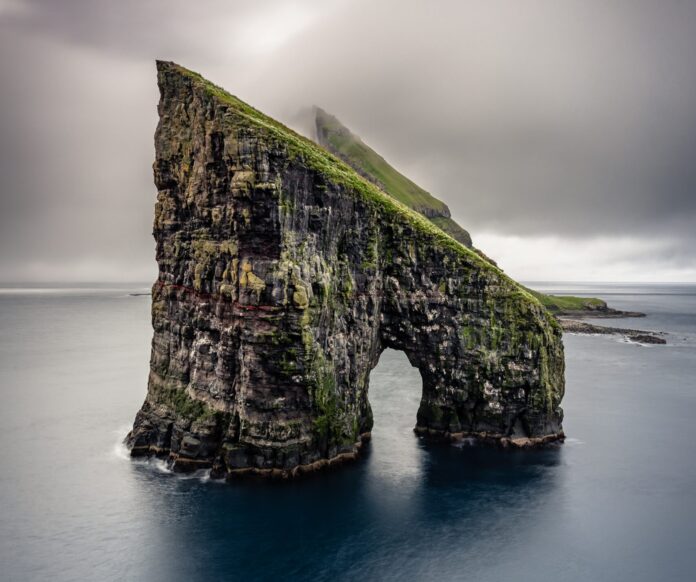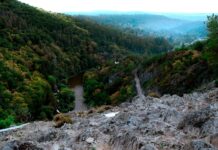Islands are typically associated with idyllic beaches, tropical landscapes, and serene tranquility. However, there are a few islands in the world that are known for their dangers and deadly conditions. From toxic gas emissions to flesh-eating creatures and violent tribes, these islands are not for the faint-hearted. In this article, we’ll explore the top 5 most dangerous islands in the world.
- Ilha da Queimada Grande, Brazil: Also known as “Snake Island,” this small island off the coast of Brazil is home to one of the deadliest snakes in the world, the Golden Lancehead Viper. These snakes are incredibly venomous, and there are an estimated five snakes per square meter on the island. The Brazilian government has prohibited access to the island except for a few scientific researchers.
- North Sentinel Island, India: This island is home to the Sentinelese tribe, one of the last uncontacted tribes in the world. The tribe is known for their hostility towards outsiders, and they have been known to attack anyone who tries to approach their island. In 2018, an American missionary was killed after trying to visit the island.
- Miyake-jima, Japan: This island is home to a dangerous volcano that emits deadly levels of sulfuric gas. In 2000, the island was evacuated due to high levels of gas emissions, and the government has since restricted access to the island. Visitors must wear gas masks at all times, and the island is closely monitored by the government.
- Gruinard Island, Scotland: This small island off the coast of Scotland was used as a testing ground for anthrax during World War II. The island remained contaminated with the deadly bacteria for decades, and it wasn’t until the 1980s that the British government launched a massive decontamination effort. The island remains uninhabitable, and access is strictly prohibited.
- Bikini Atoll, Marshall Islands: This island was used as a testing ground for nuclear weapons by the United States during the 1940s and 1950s. The island was contaminated with radioactive materials, and the inhabitants were forced to evacuate. Today, the island remains uninhabitable, and access is restricted due to the high levels of radiation.
These islands are not for the faint-hearted. Each island has its unique dangers and risks, and access is restricted or prohibited for good reason. While these islands may be tempting for adventure-seekers, it’s essential to respect the dangers and avoid putting oneself at risk.
It’s important to note that there are likely other dangerous islands in the world that are not well-known or documented. It’s crucial for travelers to do their research and heed warnings from local authorities and experts before visiting any island.
Furthermore, it’s crucial to respect the cultures and traditions of the inhabitants of these islands. Many of these islands are home to indigenous tribes that have lived in isolation for centuries, and it’s essential to respect their way of life and avoid disturbing their communities.
While these islands may seem fascinating and alluring, they pose significant risks to visitors. It’s crucial to approach them with caution, respect their dangers, and respect the cultures and traditions of the people who call them home. The world’s most dangerous islands may be deadly, but they also remind us of the inherent risks of exploration and the importance of responsible travel.
Photo by Sebastian Boring on Unsplash
Views: 27






